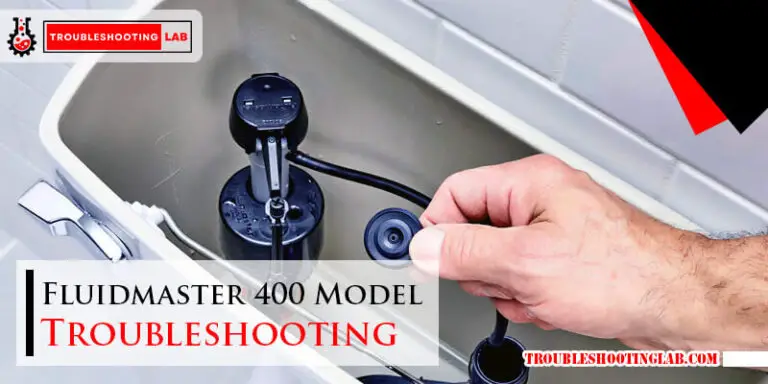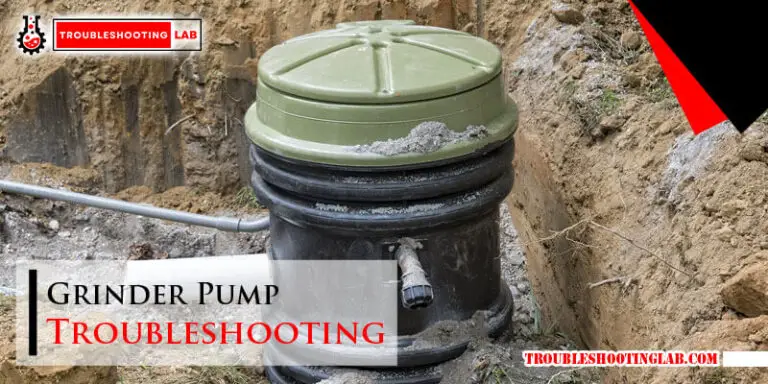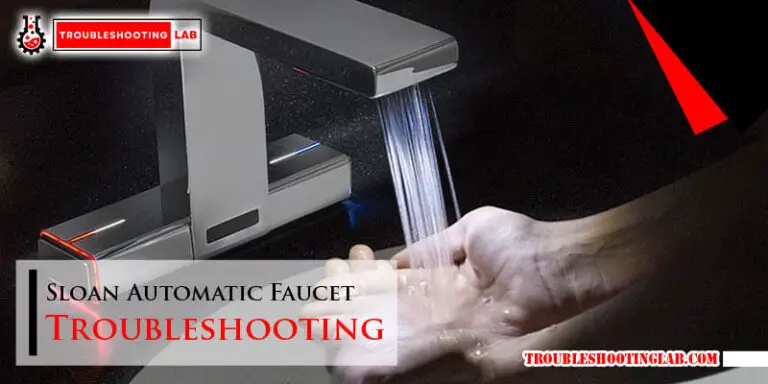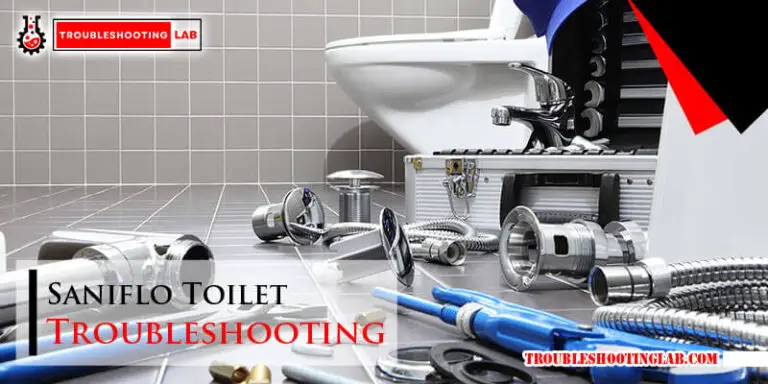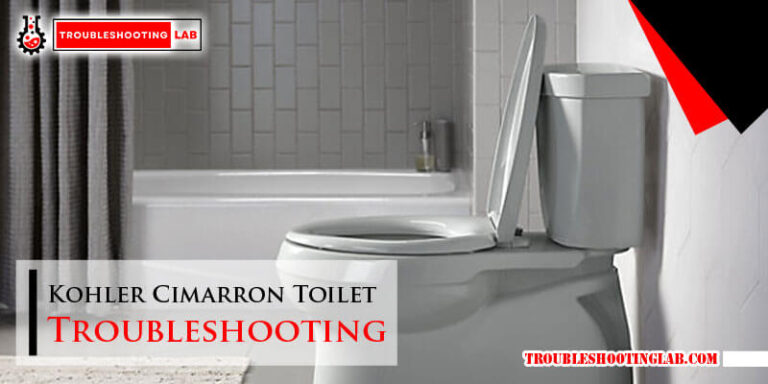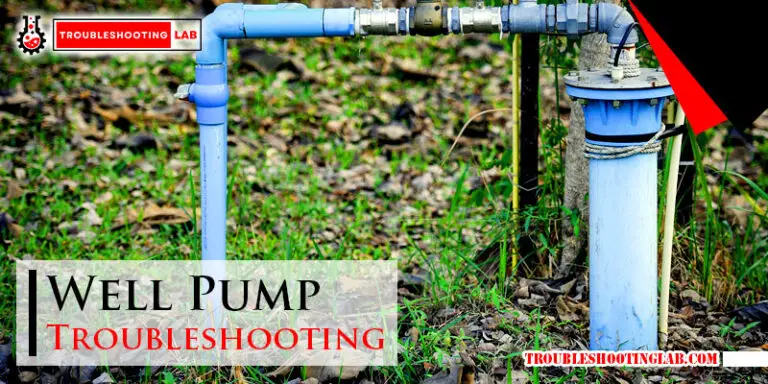Sewage Ejector Pump Troubleshooting: Quick Fix Guide
Troubleshooting a sewage ejector pump begins with checking for clogs and power issues. Ensure the pump is plugged in and the circuit breaker hasn't tripped.A sewage ejector pump is an essential component of a household’s wastewater system, especially in basements below the sewer line. Common issues with these pumps include jamming due to debris, failure to start, or unusual noises during operation. Homeowners rely on these pumps to efficiently move sewage to the main sewer or septic tank, avoiding potential health hazards and property damage.
Regular maintenance is crucial to prevent malfunctions, and understanding the basics of troubleshooting can save time and money. Quick identification of symptoms and issues can lead to faster repairs, ensuring the system operates smoothly. This introduction sets the stage for a deeper dive into the specific steps homeowners can take to diagnose and fix common problems with their sewage ejector pump.
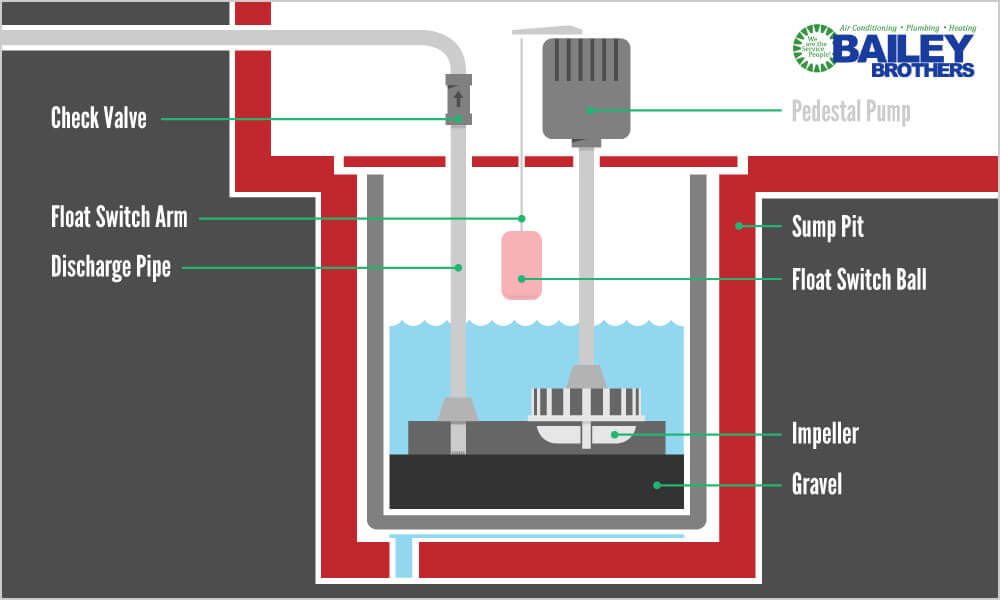
Introduction To Sewage Ejector Pumps
Sewage ejector pumps handle waste in homes below sewer lines. These pumps allow for smooth waste disposal. Understanding their purpose and common uses is essential. Let’s dive into the specifics of these vital household devices.
Purpose And Function
Sewage ejector pumps move waste to sewer lines. They work against gravity. These pumps activate automatically. They use a float switch. This starts the motor when waste reaches a certain level. The pump then pushes waste through pipes. It moves it to the main sewer or septic system.
Common Usage Scenarios
- Basement bathrooms: Basements are often below sewer lines. Pumps allow for bathroom installation.
- Laundry rooms: Homes with laundry rooms in the basement need pumps. They help drain wastewater efficiently.
- Sinks and wet bars: Pumps assist in draining sinks and wet bars below the sewer line.
Signs Of Sewage Ejector Pump Issues
Knowing the Signs of Sewage Ejector Pump Issues is essential. It helps you act fast to fix problems. Let’s explore common signs that something’s wrong.
Unusual Noises
If your sewage ejector pump makes strange noises, pay attention. Sounds like grinding, humming, or banging are not normal. These noises often mean the pump is struggling. It could be jammed or damaged inside.
Foul Odors
A bad smell coming from your sewage ejector pump is a red flag. This usually means waste is not moving correctly. It’s staying put, causing a stink. Check for blockages or a broken seal.
Slow Drainage
Is water going down the drain slowly? This could point to a pump issue. When the pump loses power, water moves slower. Make sure the pump is getting enough power. Also, check for clogs in the system.
Visible Sewage Backup
Sewage backup in your home is a clear sign of trouble. If you see sewage coming back up, act fast. This means the pump can’t move waste out. It’s often a sign of a severe blockage or pump failure.
- Listen for weird sounds from the pump.
- Smell around the pump area for bad odors.
- Watch how fast water drains.
- Look for sewage backup in your home.
Seeing any of these signs? It’s time to check your pump. Fixing problems early can save time and money.
Safety First: Preparing For Troubleshooting
Before diving into sewage ejector pump fixes, safety is crucial. Proper preparation ensures a safe, efficient troubleshooting process. Let’s review the essentials.
Disconnecting Power
First, turn off the power to the pump. Find the circuit breaker and flip it to the “off” position. This step is essential to prevent electric shock during repairs.
Protective Gear Recommendations
- Gloves: Wear thick gloves to protect your hands from waste.
- Goggles: Keep eyes safe from splashes with tight-fitting goggles.
- Boots: Use waterproof boots to keep feet dry and slip-free.
- Clothing: Wear old clothes or a disposable coverall for protection.
With the right gear and precautions, you’re set for safe troubleshooting.
Initial Inspection
When a sewage ejector pump fails, it’s crucial to perform an initial inspection. This step is the foundation for troubleshooting any issues. A thorough check can pinpoint the problem. Let’s dive into the essential first checks.
Checking The Power Supply
Power issues often cause pump malfunctions. Start by examining the power source. Ensure the pump’s plug is firmly in the outlet. Check the circuit breaker too. If the breaker has tripped, reset it.
Follow these steps:
- Locate the pump’s power cord.
- Check for a secure connection to the outlet.
- Examine the circuit breaker or fuse box.
- Reset any tripped breakers.
Inspecting The Ejector Pit
The ejector pit requires regular inspection. Debris can block the pump’s intake. Over time, this can cause issues.
Perform these actions:
- Remove the pit cover carefully.
- Inspect for clogs or debris.
- Check the pit for any signs of overflow.
Regular maintenance prevents future problems. Checking the power and inspecting the pit are key steps.
Common Ejector Pump Problems And Fixes
Dealing with a sewage ejector pump can be tricky. Yet, knowing common issues and how to fix them helps. Let’s explore common problems and their solutions.
Clogs And Blockages
Clogs are a big problem for ejector pumps. Stuff like wipes and other non-flushable items cause them. Here’s how to fix:
- Turn off the pump.
- Remove the pump carefully.
- Clear any visible clogs.
- Put the pump back and turn it on.
Float Switch Issues
The float switch tells the pump when to start and stop. If it’s stuck, the pump won’t know what to do. Fix it like this:
- Turn off the power.
- Check if the switch moves freely.
- Adjust or replace the switch if needed.
Valve Malfunctions
A faulty valve can cause leaks or backflow. To fix:
- Identify the valve type.
- Replace or repair the malfunctioning valve.
Impeller Or Motor Failures
Problems with the impeller or motor affect pump performance. Signs include strange noises or a pump that won’t start. Steps to troubleshoot:
- Disconnect power.
- Inspect the impeller for damage.
- Check the motor for signs of failure.
- Replace faulty parts as needed.
Regular Maintenance Tips
Proper care of a sewage ejector pump is vital for its performance. Regular maintenance ensures your pump stays in top condition. Follow these essential tips to prevent common issues.
Cleaning Procedures
Keep your sewage ejector pump clean to avoid clogs and malfunctions. Here’s how:
- Shut off the power before cleaning.
- Remove the pump’s lid carefully.
- Clean float switches and check valves with a cloth.
- Flush the system with a garden hose to clear debris.
- Replace the lid and restore power.
Inspection Intervals
Regular inspections can catch problems early. Stick to a schedule:
| Interval | Focus Area |
|---|---|
| Monthly | Check for unusual noises or smells. |
| Quarterly | Inspect electrical connections and cords. |
| Bi-annually | Test the pump by pouring water into the pit. |
Component Replacements
Worn-out parts can cause sewage pump failures. Replace them on time:
- Determine if the float switch is working.
- Replace batteries in backup pumps annually.
- Every few years, replace the check valve.
- Consult a professional for motor issues.
When To Call A Professional
Sewage ejector pumps are critical for homes with bathrooms below the sewer line. Sometimes, these pumps encounter issues that DIY fixes cannot resolve. Recognizing the right time to call a professional can save both time and money.
Assessing The Severity Of The Problem
Some pump problems may seem minor. Yet, they could indicate more serious issues. Signs like strange noises, frequent clogs, or sewage backup need urgent attention. Homeowners should not ignore these warnings.
Benefits Of Professional Assessment
Professionals have the tools and expertise to diagnose issues accurately. They ensure the problem gets fixed right the first time. This prevents further damage and maintains a safe, hygienic home environment.
- Expertise: Trained technicians spot problems homeowners might miss.
- Tools: They use specialized equipment for accurate diagnoses and repairs.
- Guarantee: Work often comes with a warranty, offering peace of mind.
Regular maintenance by a professional can also extend your pump’s lifespan. Always consult with a licensed plumber if you suspect your sewage ejector pump is failing.
Preventing Future Ejector Pump Problems
Sewage ejector pumps are essential in waste management. Like all equipment, they need care. Ignoring maintenance can lead to messy, costly problems. Let’s explore how to prevent future issues with your ejector pump.
Proper Disposal Practices
What goes down the drain matters. To ensure longevity for your pump, follow these tips:
- Avoid flushing heavy paper products.
- Don’t dispose of grease or oil in sinks.
- Keep non-biodegradable items out.
These simple steps can save you from future headaches and pump repairs.
Investing In Quality Equipment
Quality matters. A top-grade sewage ejector pump can offer:
- Longevity – It lasts longer.
- Efficiency – It uses less energy.
- Reliability – It reduces breakdowns.
Invest in a good pump now. It saves money and time later.

Frequently Asked Questions
What Causes Ejector Pump Failures?
Several factors can lead to ejector pump failures, including clogs, mechanical wear, power outages, and improper maintenance.
How Often Should Ejector Pumps Be Maintained?
Ejector pumps typically require annual maintenance to ensure optimal performance and longevity.
Can I Fix An Ejector Pump Myself?
Simple issues like clogs may be fixable by homeowners, but complex problems often require professional expertise.
What Are Signs Of Ejector Pump Issues?
Warning signs include unusual noises, foul odors, frequent backups, and visible sewage.
How Long Do Sewage Ejector Pumps Last?
With proper care, sewage ejector pumps can last 10 years or more, depending on usage and quality.
Conclusion
Navigating sewage ejector pump issues can be daunting. Yet, with the right knowledge and tools, it’s manageable. This guide aimed to equip you with troubleshooting steps to tackle common problems effectively. Remember, maintenance is key to avoiding future hiccups. Should challenges persist, seeking professional help ensures your system runs smoothly, safeguarding your home from potential sewage mishaps.

